Where’s My Document?
Table of Contents
This is a guest article from Racami, a valued BCC Software partner.
Print and mail producers have been answering questions about document status forever, and now the questions extend to include digital messages. It’s no longer acceptable to answer clients an hour or two later, after physically searching through the production facility. Common client questions include:
“When will the documents arrive at their destinations?”
“Can we still make changes to the documents?”
“Will you pull some documents, so they aren’t mailed?”
“Is it OK to send you new data?”
“In which channel was this document delivered?”
Before anyone in the document center can answer those questions, they have to determine the status of the job or the documents in question. Traditionally, that has meant embarking on a scavenger hunt in the facility, searching through pallets and trays of finished mail.
High Expectations
For clients accustomed to tracking their Uber driver or pizza delivery in real-time, waiting several hours to find the status of a mailpiece must seem as if they are dealing with the Pony Express rather than a modern document production facility. Delayed responses may lead them to call again, which interrupts production activities and amps up the stress level for both parties.
Fortunately, print and mail service providers can now answer client questions about jobs and documents immediately. With the right tools, they can accurately verify the status and location of every document under their care. Using dashboards and drill-down reports, it’s as easy as tracking a pizza delivery.
Automated Tracking
Automated systems can update clients with status reports delivered via text or email as their jobs complete critical stages in the document production process. Some production facilities even give their clients access to their own dashboards. Customers can place jobs on hold, review output, release print, or issue last-minute pull directives on their own without disrupting production. Clients appreciate the transparency that document service providers can offer them through document workflow interfaces like Racami’s Alchem-e™.
By assigning each document a unique identification number encoded in barcodes, cameras installed on equipment such as mail inserting machines can record the presence of the documents. The software creates time-stamped log entries as the documents pass by the cameras. The barcodes can activate actions to divert a mailpiece from the outgoing mail, even if the decision to pull the piece is made after the documents are printed.
Without automated workflow tools like Alchem-e™, pulling documents such as checks after they have been printed can be so difficult that some institutions don’t even try. Instead, they void the original checks and issue new ones. This causes confusion by check recipients, possible bank fees, and a poor customer experience.
Archives Don’t Tell the Whole Story
Client customer service representatives are hobbled when working with print service providers that do not track individual documents. The CSR’s attempting to respond to their customer’s inquiries may have access to archived document images. But without physical tracking, they can’t say for sure when the company mailed an individual document to a customer. Customer service agents would never know if a document was damaged during production and had to be re-printed and mailed later or if someone requested items to be pulled from the outgoing mail.
Tracking isn’t just for transactional documents anymore. Marketing applications also benefit from document tracking within the production workflow. Today, direct mail is likely to be only one component of a personalized multi-channel campaign. Marketers want assurances that each mailpiece was produced and sent to recipients so that integrated messaging delivered via electronic channels is effective.
Clients expect physical communication channels to be as versatile and flexible as their electronic messaging environments. Immediate real-time status and tracking of physical documents is something that is quickly becoming a minimum requirement for organizations seeking to outsource their print and mail operations. Document tracking, coupled with document production dashboards and reports, is the way to deliver the service clients want.



